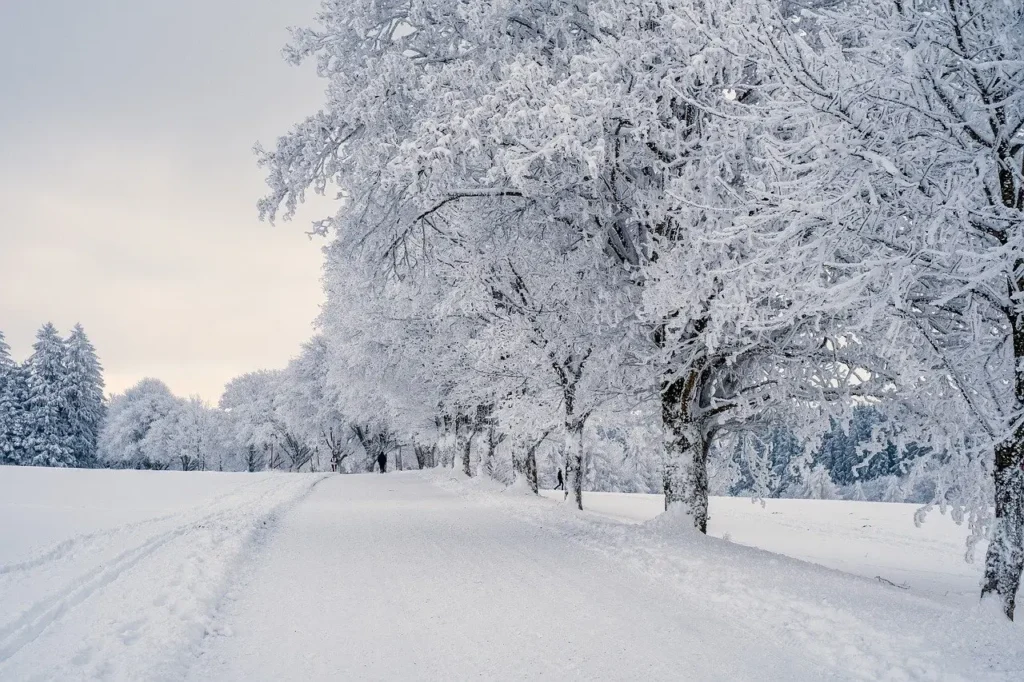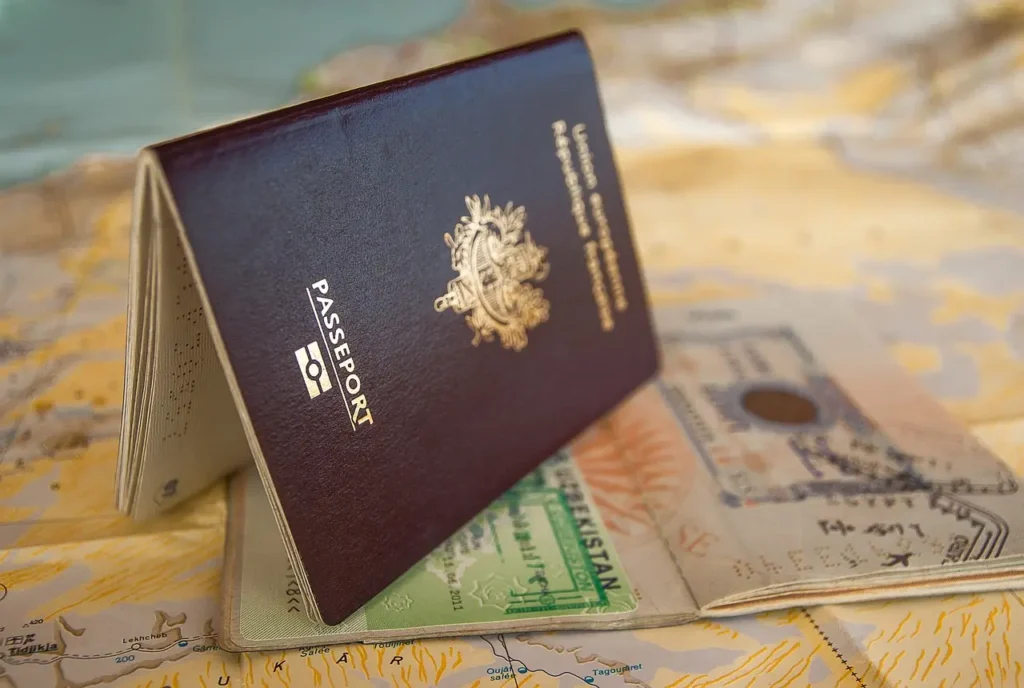Canadian winters can be a shock to the system, especially if you’re coming from a warmer climate. Ready to tackle the ice, snow, and bone-chilling temperatures like a pro? Our guide is packed with essential tips to help you stay warm, safe, and comfortable all winter long. Get prepared to enjoy, rather than endure, the Canadian cold!
Embracing the Canadian Winter Experience
Canadian winters are known for their harsh conditions, but they also offer unique experiences that can make your time in Canada unforgettable. From ice skating on frozen lakes to cozying up by the fire with hot cocoa, there’s a lot to love if you’re prepared. Here’s how to make the most of it.
Dressing for Success
The key to surviving and thriving in Canadian winters is dressing appropriately. Layering is your best friend when it comes to staying warm. Start with a moisture-wicking base layer, add an insulating middle layer, and top it off with a waterproof and windproof outer layer.
Real-Life Example: Mark’s Layering Strategy
Mark, an international student from Nigeria, initially struggled with the cold. By investing in quality winter gear and learning to layer properly, he found himself comfortably navigating the icy streets of Toronto. His go-to outfit included thermal underwear, a fleece jacket, and a down-filled parka.
Essential Winter Gear
Investing in the right winter gear is crucial for staying warm and dry. Here’s a list of must-have items.
Winter Coat
A high-quality winter coat is a non-negotiable. Look for features like insulation, windproofing, and waterproofing. Brands like Canada Goose and The North Face are popular for their durability and warmth.
Boots
Winter boots should be both warm and waterproof. Make sure they have good traction to prevent slipping on ice. Sorel and Columbia offer excellent options.
Accessories
Don’t forget about accessories like hats, gloves, and scarves. These items can make a significant difference in keeping you warm. Opt for thermal gloves and a wool hat that covers your ears.
Navigating Snow and Ice
Snow and ice are a big part of Canadian winters. Learning how to navigate these elements safely is essential.
Walking on Ice
To avoid slipping on icy sidewalks, walk like a penguin: take short, flat-footed steps, and keep your arms out for balance. Ice cleats can also be attached to your boots for added traction.
Driving in Winter Conditions
If you drive, ensure your vehicle is equipped with winter tires and always carry an emergency kit. Familiarize yourself with winter driving techniques, such as steering into a skid and keeping a safe distance from other vehicles.
Staying Healthy and Active
Staying active during the winter months can help combat the winter blues and keep you healthy.
Indoor Activities
When it’s too cold to be outside, consider indoor activities like joining a gym, swimming, or participating in indoor sports. Many universities offer free or discounted access to their recreational facilities.
Outdoor Winter Sports
Embrace the winter by trying out winter sports like skiing, snowboarding, or ice skating. Many communities have outdoor rinks and trails, often free or at a low cost.
Real-Life Example: Ana’s Winter Workout Routine
Ana, a student from Brazil, struggled with staying active during her first winter in Canada. She joined a local gym and signed up for indoor yoga classes. On weekends, she enjoyed ice skating with friends, which helped her stay fit and make the most of the winter season.
Socializing and Building Community
Winter can feel isolating, but staying connected with others is important for your mental well-being.
Joining Clubs and Groups
Many universities have clubs and organizations that continue to meet during the winter. Join groups that interest you to stay social and engaged.
Hosting Cozy Gatherings
Invite friends over for cozy indoor activities like movie nights, game nights, or potluck dinners. Creating a warm and inviting atmosphere can help you and your friends enjoy the winter season.
Managing Winter Blues
The lack of sunlight during winter can affect your mood and energy levels. Here’s how to manage the winter blues.
Light Therapy
Consider using a light therapy lamp to mimic natural sunlight and help regulate your mood. These lamps can be particularly effective if you experience seasonal affective disorder (SAD).
Staying Positive
Maintain a positive outlook by focusing on the unique opportunities winter brings. Practicing mindfulness and gratitude can also help improve your mental well-being.
Real-Life Example: Li’s Battle with Winter Blues
Li, an international student from China, experienced severe winter blues during her first Canadian winter. She started using a light therapy lamp each morning and found it significantly improved her mood. Additionally, she joined a meditation group on campus, which helped her stay positive and connected.
Preparing for Emergencies
Winter weather can be unpredictable, so it’s important to be prepared for emergencies.
Emergency Kit
Prepare an emergency kit with essentials like non-perishable food, water, blankets, flashlights, and batteries. This kit should be easily accessible in case of power outages or severe weather.
Staying Informed
Keep informed about weather conditions by following local news and weather apps. Universities often have emergency alert systems to keep students updated on any campus closures or safety concerns.
Enjoying Winter Festivals and Events
Winter in Canada isn’t just about surviving the cold; it’s also about enjoying unique cultural experiences.
Winter Festivals
Canada hosts numerous winter festivals that celebrate the season. Events like Winterlude in Ottawa, the Quebec Winter Carnival, and the Toronto Christmas Market offer fun activities and a chance to embrace the winter spirit.
Exploring Local Attractions
Take advantage of the winter season to explore local attractions. Many cities offer ice sculptures, light displays, and outdoor markets that are only available during the winter months.
Real-Life Example: Pedro’s Winter Adventure
Pedro, an international student from Mexico, initially dreaded the Canadian winter. However, he decided to embrace it by attending the Quebec Winter Carnival with friends. They enjoyed ice canoe races, snow sculptures, and outdoor concerts. This experience changed his perspective on winter, making it one of his favorite seasons.
FAQs
How can I keep warm during Canadian winters?
Dressing in layers is essential for staying warm. Invest in a high-quality winter coat, thermal gloves, a wool hat, and waterproof boots. Don’t forget accessories like scarves and thermal socks to keep extremities warm.
What are some affordable winter gear options?
Look for sales and discounts at major retailers, or check out second-hand stores for gently used winter gear. Websites like Craigslist and Facebook Marketplace can also offer good deals on winter clothing.
How do I stay active during the winter?
Engage in indoor activities like going to the gym, swimming, or participating in indoor sports. Embrace outdoor winter sports such as skiing, snowboarding, and ice skating. Universities often have recreational facilities and clubs that offer various activities.
How can I avoid the winter blues?
Consider using a light therapy lamp to combat the lack of sunlight. Stay connected with friends and join social clubs or groups. Practice mindfulness and maintain a positive outlook to improve your mental well-being.
What should I include in an emergency kit?
Prepare an emergency kit with non-perishable food, water, blankets, flashlights, batteries, and a first-aid kit. Keep the kit in an easily accessible location in case of power outages or severe weather.
How can I make the most of winter in Canada?
Embrace winter activities and events like local festivals, ice skating, and exploring winter markets. Stay connected with friends and make an effort to try new experiences. By staying active and engaged, you can enjoy the unique aspects of the Canadian winter.



